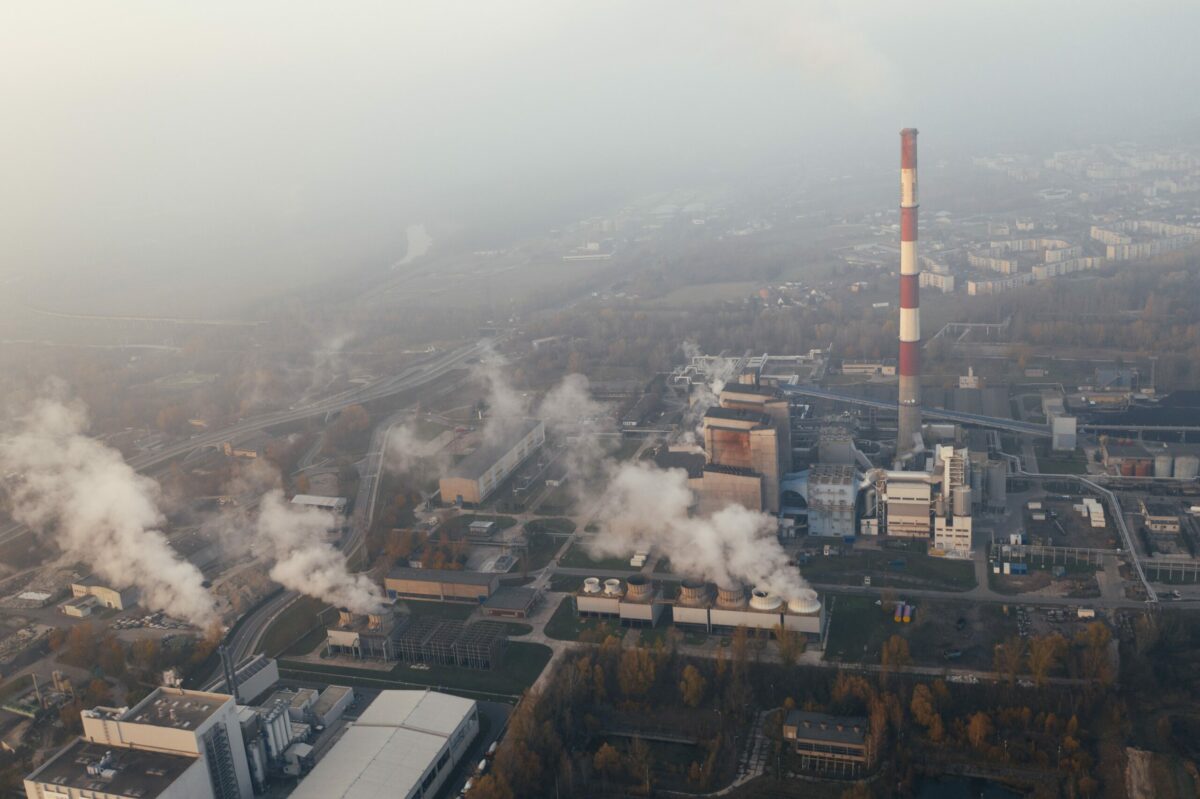
As we enter the third week of war in Ukraine, first and foremost we are keeping all of those affected in our thoughts and secondly reflect on the importance of energy independence and the transition away from fossil fuels. We recently read the following words “why are we desperately looking for new water taps to open, if the water is escaping through so many leaks”. Presently there are a lot of leaks in our energy industry, but much can be done with existing technology and focus on the demand side, such as energy efficiency solutions. As we manage the energy transition and this short-term volatile, fossil fuel-centric energy reality, energy efficiency is not talked about enough. A recent podcast discussing how climate action will dominate energy in 2022 affirms that if you look at any of the net-zero scenarios it [energy efficiency] is about 40% of the solutions.
Many of us are witnessing our bills double as energy prices soar. Just look at the skyrocketing energy costs in Europe. Weatherizing homes by plugging holes, insulating walls and attics, upgrading to heat pumps is one of the most effective ways to lower costs. In fact, electric heat pumps, one of the most cost-effective ways to replace gas-fired boilers, has already spread swiftly in Europe yet their adoption lags here at home in Texas.
Current events make all too clear our reliance on fossil fuels makes the global economy and our energy security vulnerable to geopolitical crises. Now is the time to quicken the transition to a renewable energy future. As the cost of technology and batteries continue to fall and adoption increases, this transition becomes a reality. It’s not just geopolitics we need to keep in mind as we separate our grid from fossil fuels, it is also climate change and weather impacts here at home. Following last year’s deadly winter freeze in Texas, thousands of nervous Texans exhausted with grid issues and potential blackouts, mostly caused by failing and freezing fuel supply, are turning to solar power and battery storage. Through these additions to their homes they are creating microgrids, here’s how. The Federal Energy Regulatory Commission (FERC) and the North American Electric Reliability Corporation (NERC) issued a 300-page analysis at the end of last year examining the impact of the February 2021 freeze. The report details that natural gas-fired units represented 58% of all generating units experiencing unplanned outages, derates or failures to start with wind representing 27% and solar 2%. It goes on to state:
- 87 percent of unplanned generation outages due to fuel issues were related to natural gas, predominantly related to production and processing issues, while 13 percent involved issues with other fuels such as coal or fuel oil.
- Natural gas fuel supply issues were caused by natural gas production declines, with 43.3 percent of natural gas production declines caused by freezing temperatures and weather, and 21.5 percent caused by midstream, wellhead or gathering facility power losses, which could be attributed either to rolling blackouts or weather-related outages such as downed power lines.
More energy efficiency needs to be adopted, regulated, and supported with policies. Through more implementation of efficiency, we can collectively drive down energy consumption, thus lessen the need for more “fuel”. Why spend money building new polluting gas and fossil fuel power plants if we can assure the same amount of quality of goods and services with less energy?
It is becoming vigorously clear that the transition to clean and renewable energy will solve a handful of issues: poor air quality and public health, high cost of energy, global warming and relying on unstable countries and leaders for fuel. Energy efficiency and renewable energy can protect us against price soars and over dependence on unstable fuels. What are some actions we can take here at home to transition from the volatility of natural gas? Adopt energy efficient upgrades in our buildings. Buildings contribute 35% of annual greenhouse gas emissions in the United States. The 26-page E.U. draft proposal recently released and seen by The New York Times, proposes “to swiftly renovate old, leaky buildings to reduce energy demand, simplify regulations to attract investments in renewable energy, encourage more rooftop solar installations and produce more energy from biomass.”